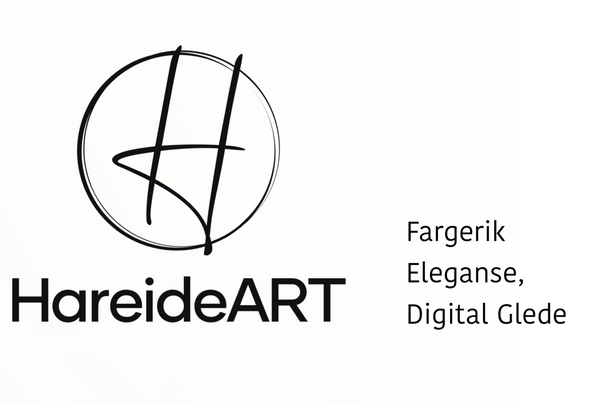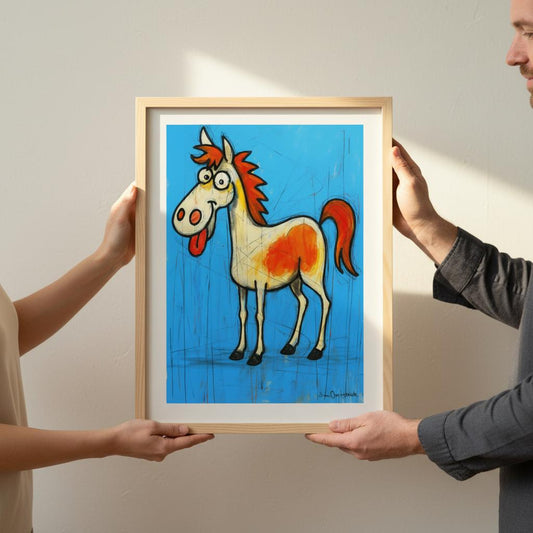There are several advantages to digital art. Here are some of them:
-
Freedom to experiment: Digital tools give artists more freedom to experiment with different techniques and styles. They can try out new techniques, colors, shapes and textures without having to worry about the cost of buying new materials or destroying an original piece of art.
-
Accessibility: Digital artwork can be shared online and made available to audiences around the world. This means that digital artists can reach a larger audience than traditional artists who can usually only showcase their work in exhibitions and galleries.
-
Simplicity and efficiency: Digital tools and software have become increasingly sophisticated and user-friendly. This makes it easier and more efficient for artists to create and modify their artwork.
-
Reduced costs: Digital tools and materials are often cheaper than traditional art materials. This means that artists can create more works and experiment more without having to spend large sums on materials.
-
Interactivity and experiences: Digital works of art can be interactive and can create completely new ways of experiencing art. Animation, movement and sound can be added to digital works to give the viewer a more engaging experience.
-
Durability: Digital artwork can be stored and backed up electronically, making it less susceptible to damage or loss. This also means that the artwork can be reproduced in different sizes and formats.
-
Environmentally friendly: Digital art does not require physical materials that can be harmful to the environment. This makes digital art production more sustainable and environmentally friendly.
These advantages have contributed to the fact that digital art has become increasingly popular, and it is clear that this field has a lot to offer both artists and the public.


